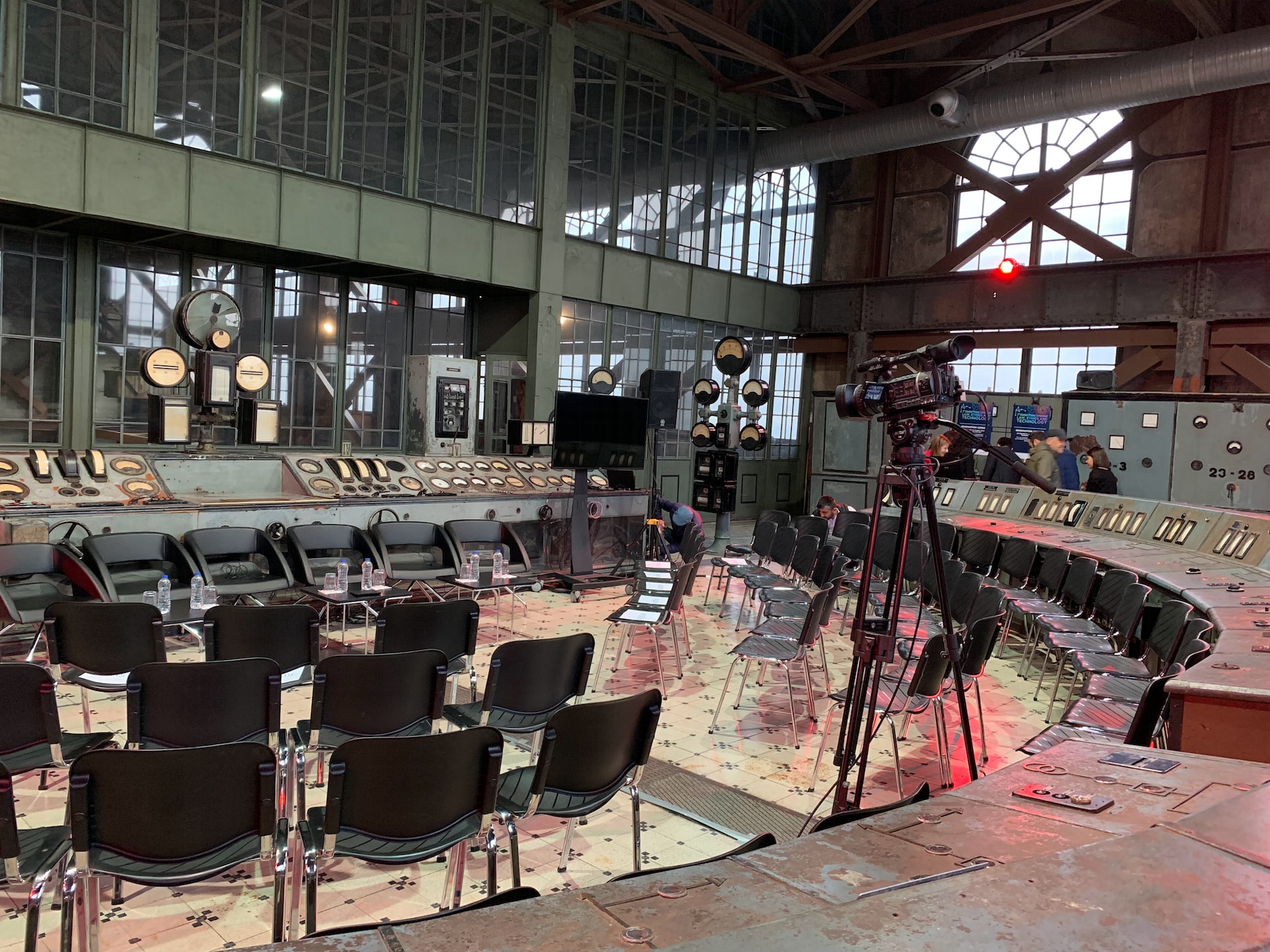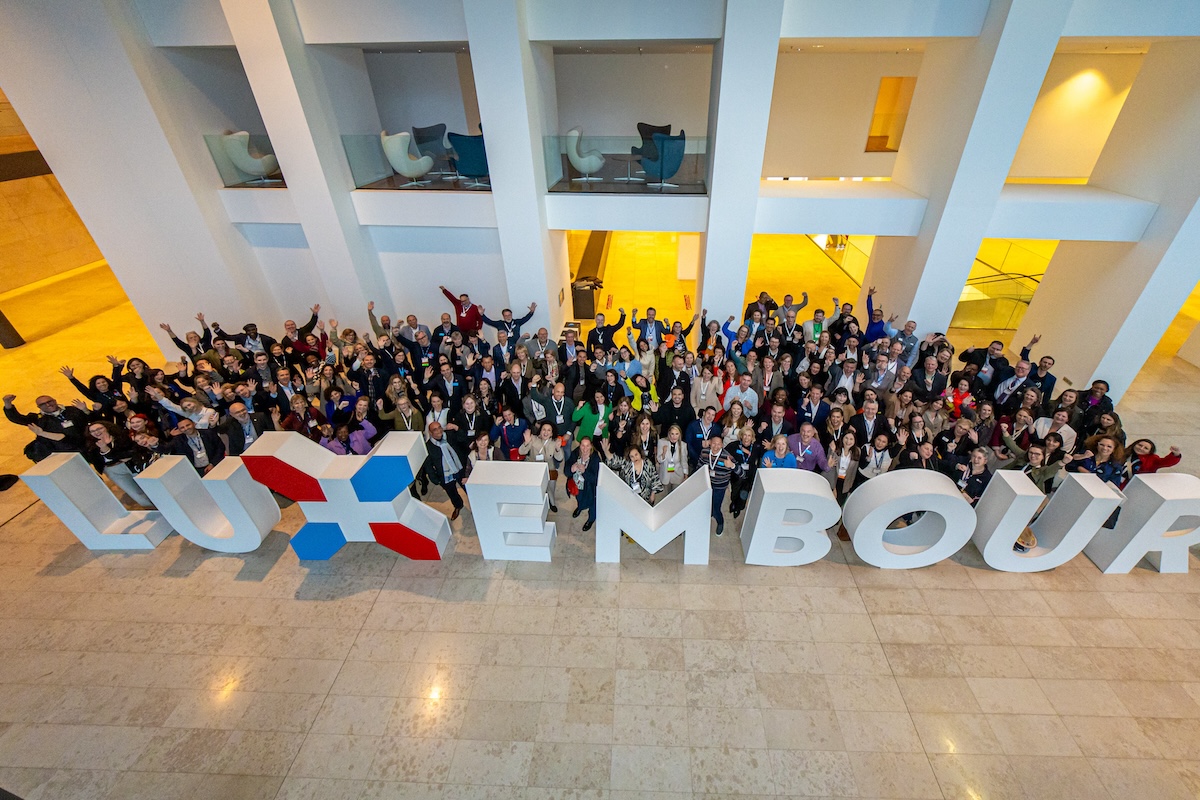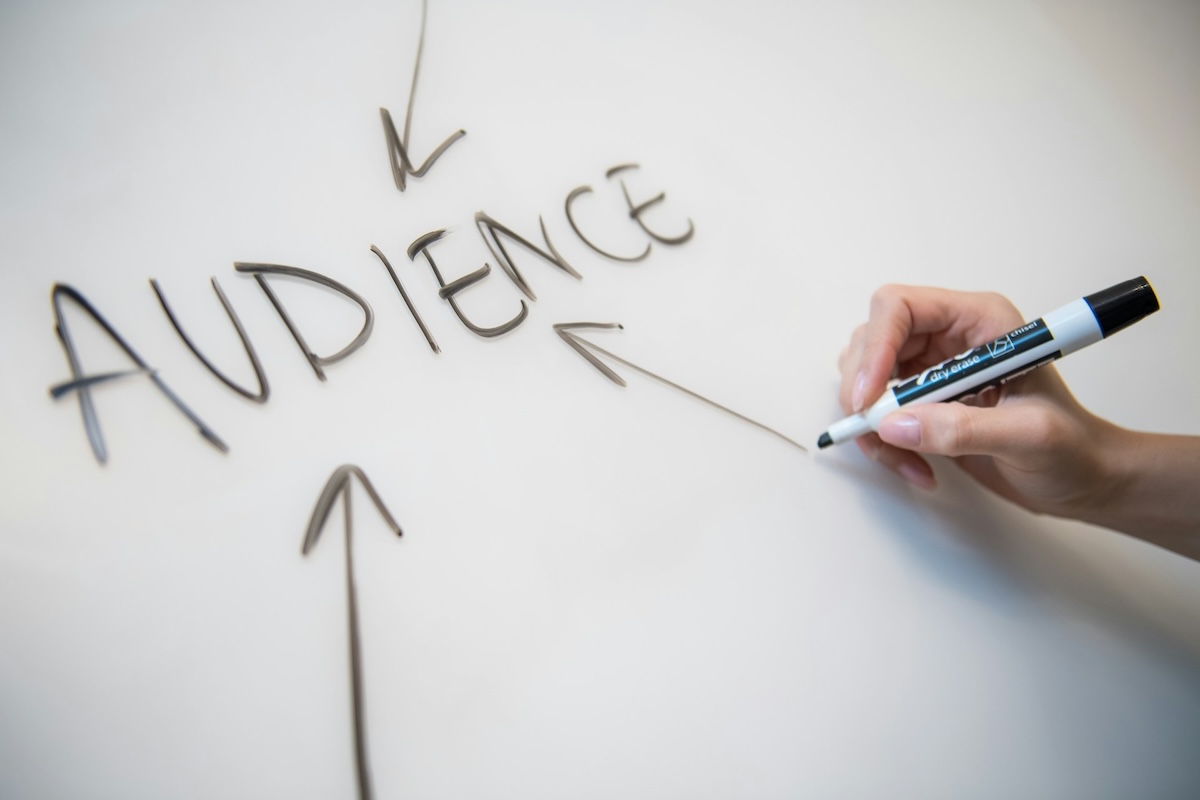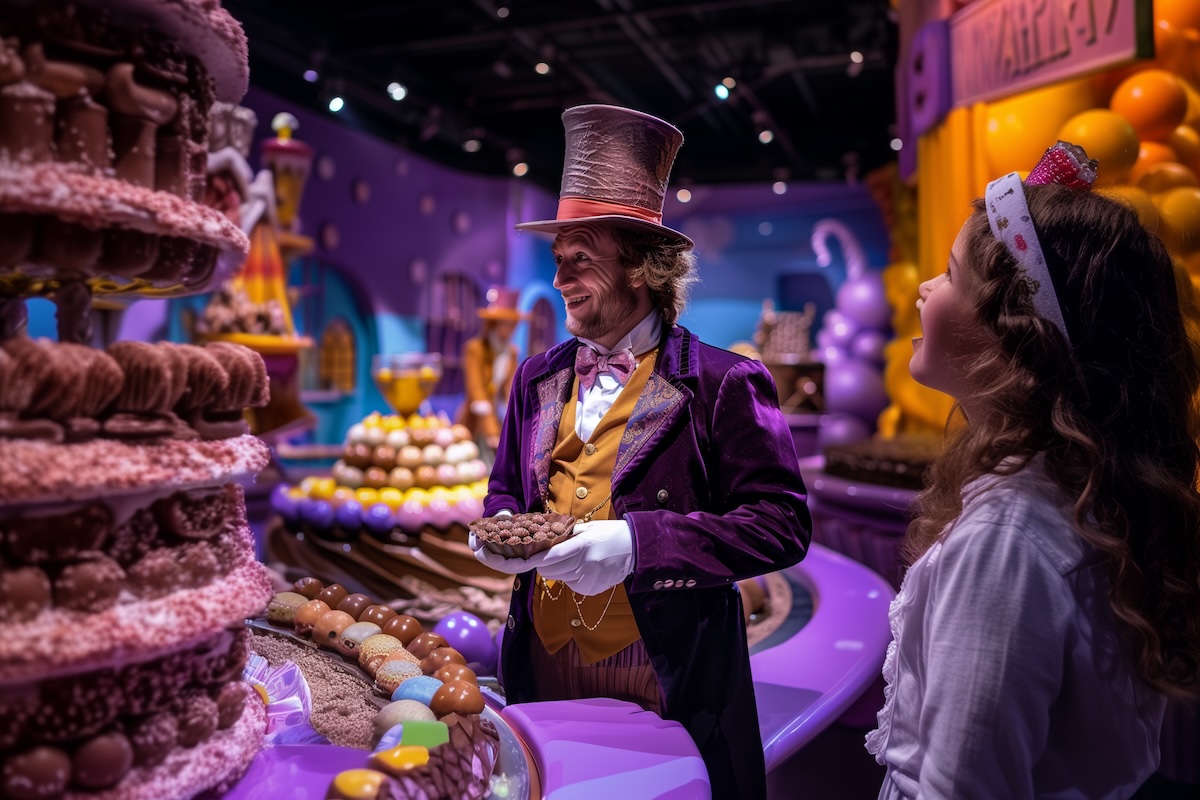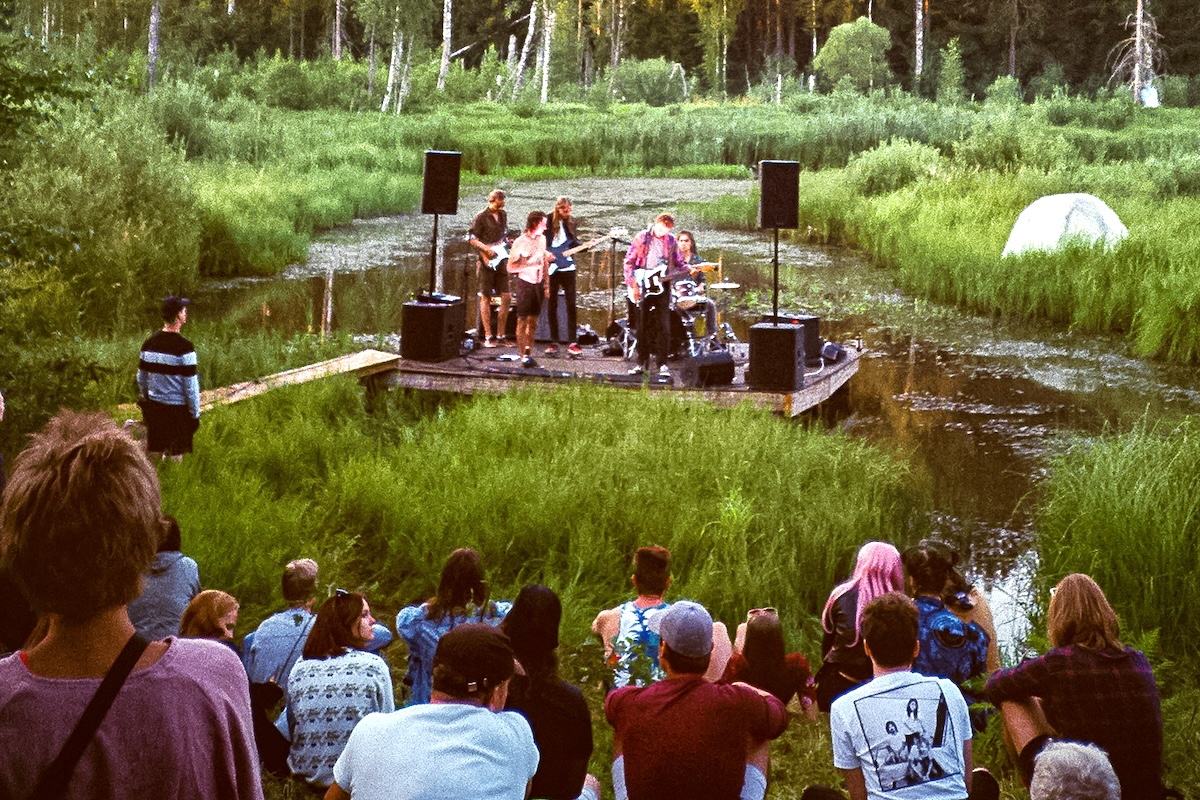Skift Take
Disruption and uncertainty in the business world brings new challenges for planners. Designing meetings that connect and transform people requires clear thinking and an unwavering focus on human needs.
The effects of the Covid pandemic continue to be felt across the globe. With so much uncertainty in the air the job of designing meetings and events is constantly changing. New and blended events formats bring new challenges while reluctant audiences pile the pressure on planners. Evolving concepts around meeting and event design is a must.
On Wednesday, September 7, Skift Meetings gathered a group of hand-picked event design experts who shared their knowledge and experience with a live virtual audience of meeting professionals. This post offers a brief summary of the main topics and discussions that took place at the Skift Meetings Event Design Summit.
The recording of the entire summit is now available on demand. Click below to register and gain access at no cost.

Illustrations by Josh Knowles for Live Illustration.
Demystifying Hybrid Events
Hybrid events are not a mystery to Gerrit Heijkoop, moderator, host, and producer at LiveOnlineEvents, who has been working with them for over a decade, long before the Covid pandemic. During this time, he has become a firm believer in their effectiveness. He does recommend looking at them as one event with two separate audiences. It’s also important to remember that attendees are not hybrid, they are either online or in person, so the concept of hybrid is only relevant to the planning team.
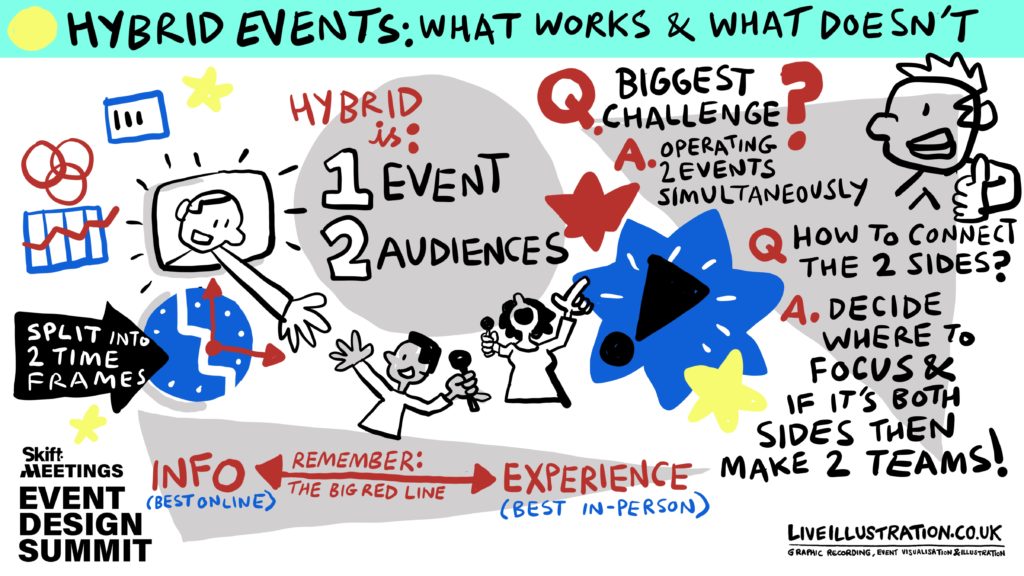
Heijkoop recognizes the added challenges of hybrid events. “Most of the time, you have to do this all by yourself with the same budget as just a simple physical event, and with the same time and resources, that is often the biggest challenge. Once you have the vision of the two different events and you have the resource for it, hey, life becomes a breeze,” said Heijkoop.
His recommendation is to design two different experiences consciously. The focus of the online audience should be information, while in-person audiences should have multi-sensory experiences. Attempting to give both audiences the same experience is a mistake in Heijkoop’s view. He shared three examples of successful hybrid events featuring various formats tailored to specific audiences. His final piece of advice — choose a primary audience, either online or in-person attendees and make sure everyone involved in the planning prioritizes them.
Mobile Apps Up Their Game
Joe Schwinger, chief product/innovation officer at MeetingPlay + Aventri + eventcore, is one of the leading forces behind the development of event technology. For Schwinger, mobile apps have never been more relevant as they can support all types of audiences. The key to adding value for participants and driving engagement is personalization.
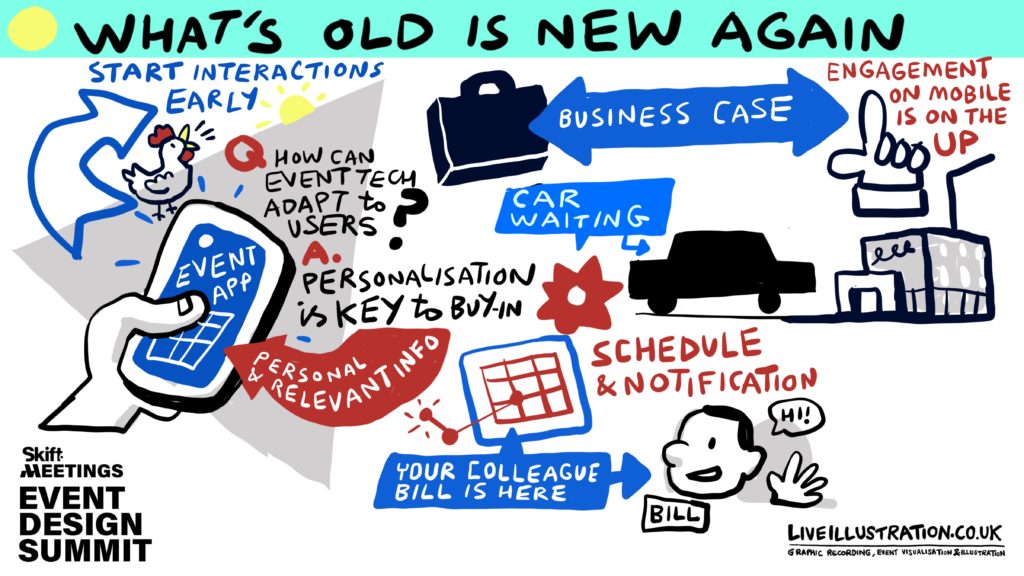
Effective personalization starts with audience segmentation and designing the delivery of information at the time when attendees need it. “When you can target customers, attendees with personalized, relevant data and information, that’s when you really start to see things uptick,” said Schwinger.
Schwinger also reports that MeetingPlay + Aventri + eventcore is seeing an increase in adoption of mobile technology of 15 to 20 percent. He recommends interaction on mobile apps start well before the event and with customized audience journeys for the best results.
Searching for New Event Audiences
Event marketing has always been challenging. The current uncertainty in the business world adds extra obstacles to the mix. Kathryn Frankson, director of marketing, Money20/20, is one of the leading voices in event marketing and relies on a three-step process for finding and growing event audiences.
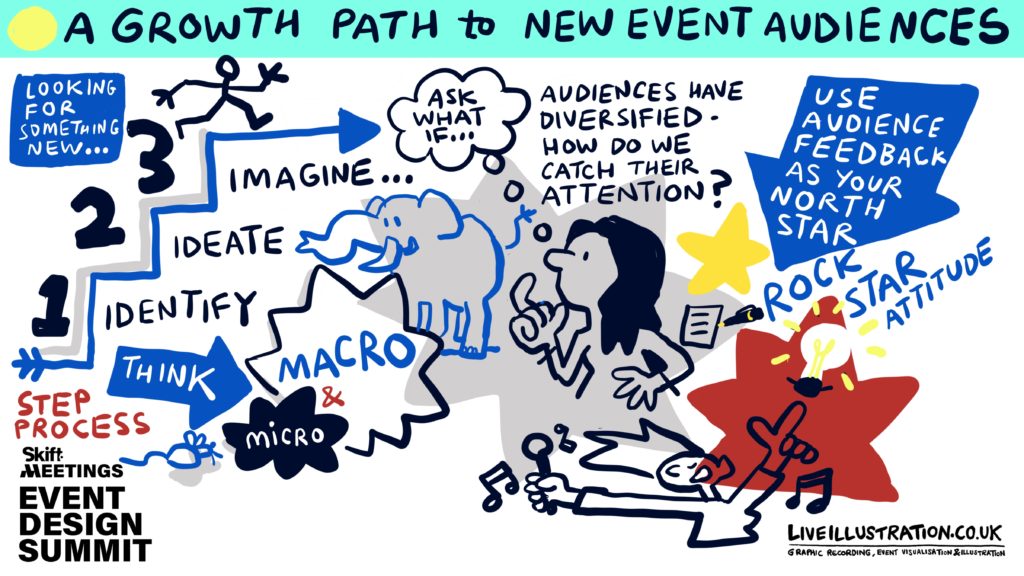
“The relationship with consumers and audiences with brands are different. They’re trusting different sources. They’re finding information in different ways,” said Frankson. She sees this issue as a diversification of our attention, making event marketers rethink how to influence target audiences.
For Frankson, the solution is based on three concepts: identify, ideate, and imagine. “Find what holds their attention, find what can capture their attention, and then find what can convert their attention,” she said.
Frankson is a firm believer in connecting with audiences and using their own language in content created for marketing meetings and events. “Anywhere where customers can input their own words, look at that and pull some of that language out,” said Frankson. Despite added challenges, she is optimistic about the direction that event marketers are heading, away from visual fatigue toward new customer-centric ways of standing out and capturing attention.
Transformation Begins With Connection and Belonging
Creating events that provide attendees with a sense of connection and belonging is crucial if we are to facilitate transformation, which is the ultimate end goal for events. However, connection can also mean different things to different people. “How do we design for allowing humans to connect with humans, attendees to connect with the moment, connect the content to their needs and connect the present to the future,” said Naomi Clare Crellin, CEO and founder at Storycraft Lab.
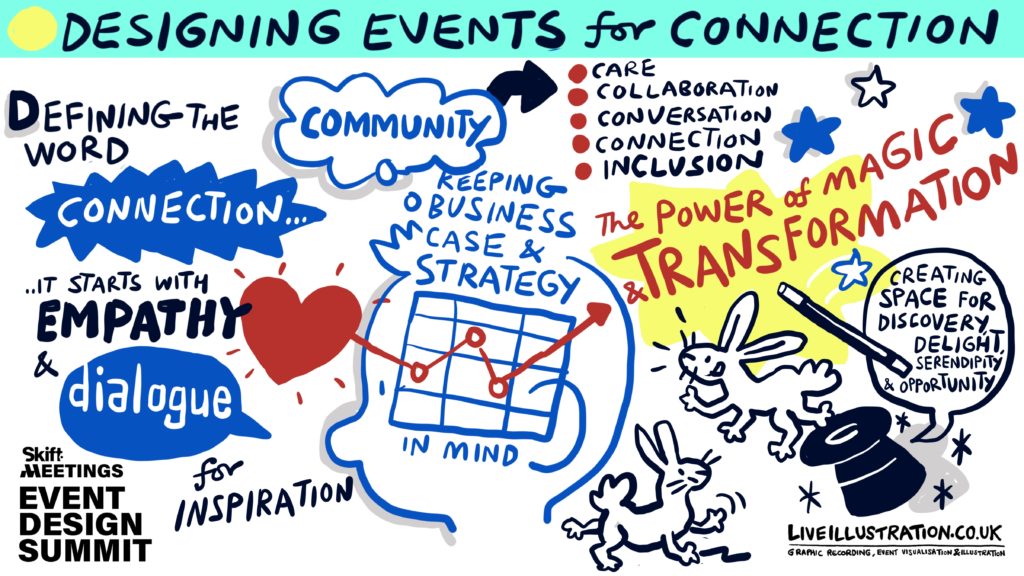
Finding the critical balance of designing for event owners and sponsors and creating a great participant experience requires staying focused on strategy. “If we’re truly designing for connection, actually that means taking an empathetic approach, which is difficult because it requires us to let go of what we think we know,” said Crellin.
Crellin also believes that orchestrated serendipity can bring delight and opportunity. Moreover, it is a powerful tool planners can use to nudge attendees towards transformation.
Liz Lathan, co-founder at The Community Factory, see’s connection as the final step in a user journey made up of five Cs: care, co-creation, collaboration, conversation, and connection. “The people putting on the event have to care for the people that are coming, and why they’re putting the event together, collaboration and conversation, and co-creation all have to happen to make people feel like they can be connected with others,” said Lathan.
Connecting expertise and knowledge is the core principle around the Google Experience Institute (Xi), an internal/external cross-discipline community built during that pandemic to answer the question of what the future of events and experience design could look like. Megan Henshall, global events strategic solutions lead at Google, heads up this initiative which includes Crellin and Lathan among over one hundred contributors.
Xi is evolving, and its objective has evolved. “We’re no longer trying to answer the question of what could the future of events be. We’re answering the question, what should they be and how can we use our discipline for good,” said Henshall.
Xi has also enabled Henshall to elevate the conversation about the value of events inside and outside Google. “It’s no longer about hard dollar or revenue generation or cost avoidance. It’s about community and connection and helping people belong and want to stay in a place with people,” she said.
Henshall is also involved in another internal/external Google project linked to connecting people and belonging. The Neu Project, an initiative around neuro-inclusion, will be unveiled during IMEX America in October. “Belonging being the end game, we identified very quickly that inclusion was a key milestone in that journey. We identified a gap around neuro-inclusion and resources for event professionals and designers,” she said.
The Danger of Undesigning Events
With uncertainty and complexity creeping into almost all parts of meetings and events, Event Specialists CEO and founder Mahoganey Jones alerts us to the danger of undesigning events.
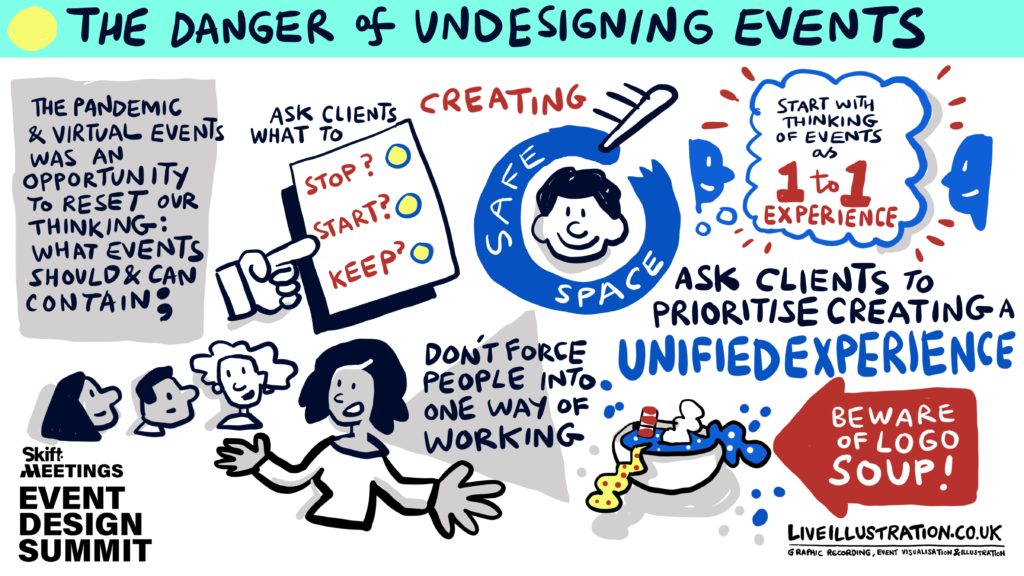
“We’re almost forgetting the fundamentals of why we’re producing events, what’s bringing us together, and we’re almost undesigning them in that we’re forgetting the core components that should be involved in the event. And we’re also not looking at what it is we’re truly there to do. What are we looking to accomplish?” said Jones.
Jones sees part of the antidote as keeping the focus and going back to basics. This involves not just a reset but also deciding what to initiate, stop, and continue. For hybrid events, which due to their complexity and being a new challenge for many planners, Jones feels that the core focus should be on creating a unified experience. Perhaps calling them unified events rather than hybrid events would also help.
Designing Events for Humans, Not Job Titles
C2 Montreal has played an essential role in building the Canadian city’s image as a center for creativity. Born out of the 2008 financial crisis, C2 Montreal now generates up to $800 million. It also now offers white-label event planning services and is moving into the design of unique meeting spaces in partnership with major hotel brands.
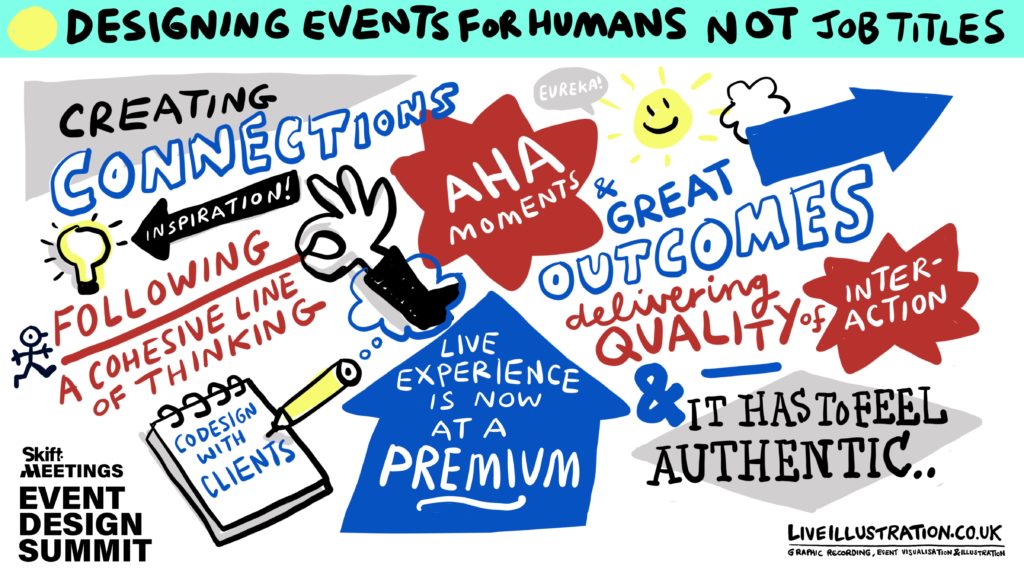
C2 International Director of Growth Strategy Jesse Gainer attributes much of the company’s success to its focus on making experiences meaningful through the interplay of connecting people, immersion, and content. “Our goal in designing is understanding how you have a thread or a through line that connects every person’s touchpoint, every experience within that event to those central themes so that they become meaningful,” said Gainer.
For Gainer, the discovery phase of any client project is crucial because this is when the focus is on the audience’s needs. And designing around audience needs does not have to be expensive. Experiences created on a smaller budget can be as impactful as lavish ones as long as they are authentic and intentionally designed.
According to Gainer, the real litmus test and most important key performance indicator, in the case of business events, is the quality of connections. This indicator is the best way to track the overall business impact, and Gainer recommends measuring this above anything else.
Changed Behaviors, Unchanged Brain
Victoria Matey, event psychology advisor, consultant, and co-founder of Matey Events, is a proponent of using psychology to guide event design. “The first thing that we need to consider is their [event attendees] thinking, what motivates people, what drives their decision making, what affects their choices, what makes their learning more effective? What kind of space design can generate more productive conversations,” said Matey.

For Matey, removing uncertainty from events is more important than ever. From making travel experiences as smooth as possible to understanding dress codes, attendees want to remove as much uncertainty as possible. One example Matey offers is the real-time room capacity shared via the SXSW 2022 mobile app. This technology can guide attendees away from sessions that are full towards sessions with space still available — a reassuring feature, particularly given the varying comfort levels regarding Covid.
For Matey, it is clear that time is more valuable to us than ever. This fact makes us conscious that we pay for free events with our time and attention. The learning here is that promoting free as a benefit may not be the best tactic. Instead, Matey recommends focusing on the value adds that can essentially be traded for time and attention.
Photo credit: Photo by gokhan polat on Unsplash
